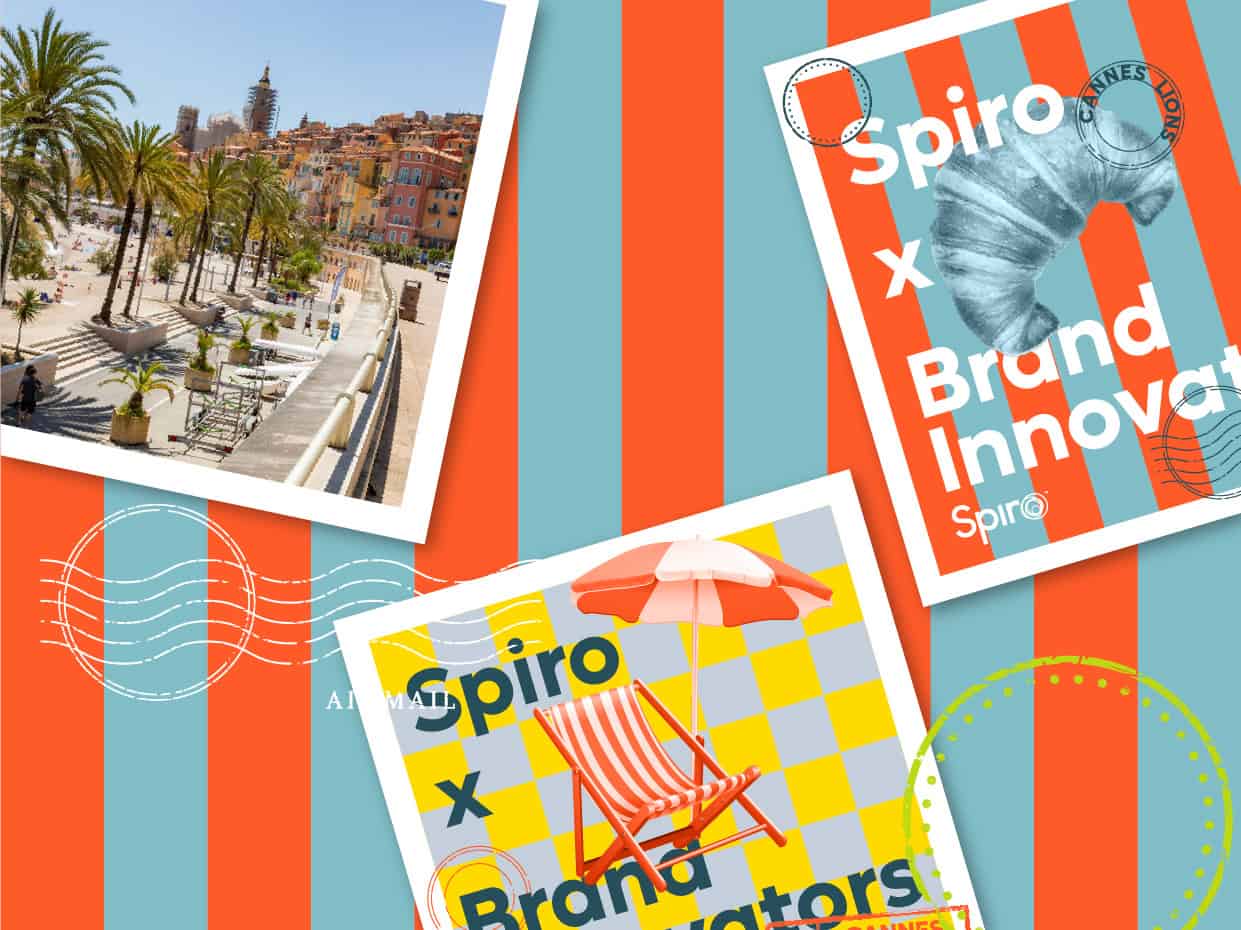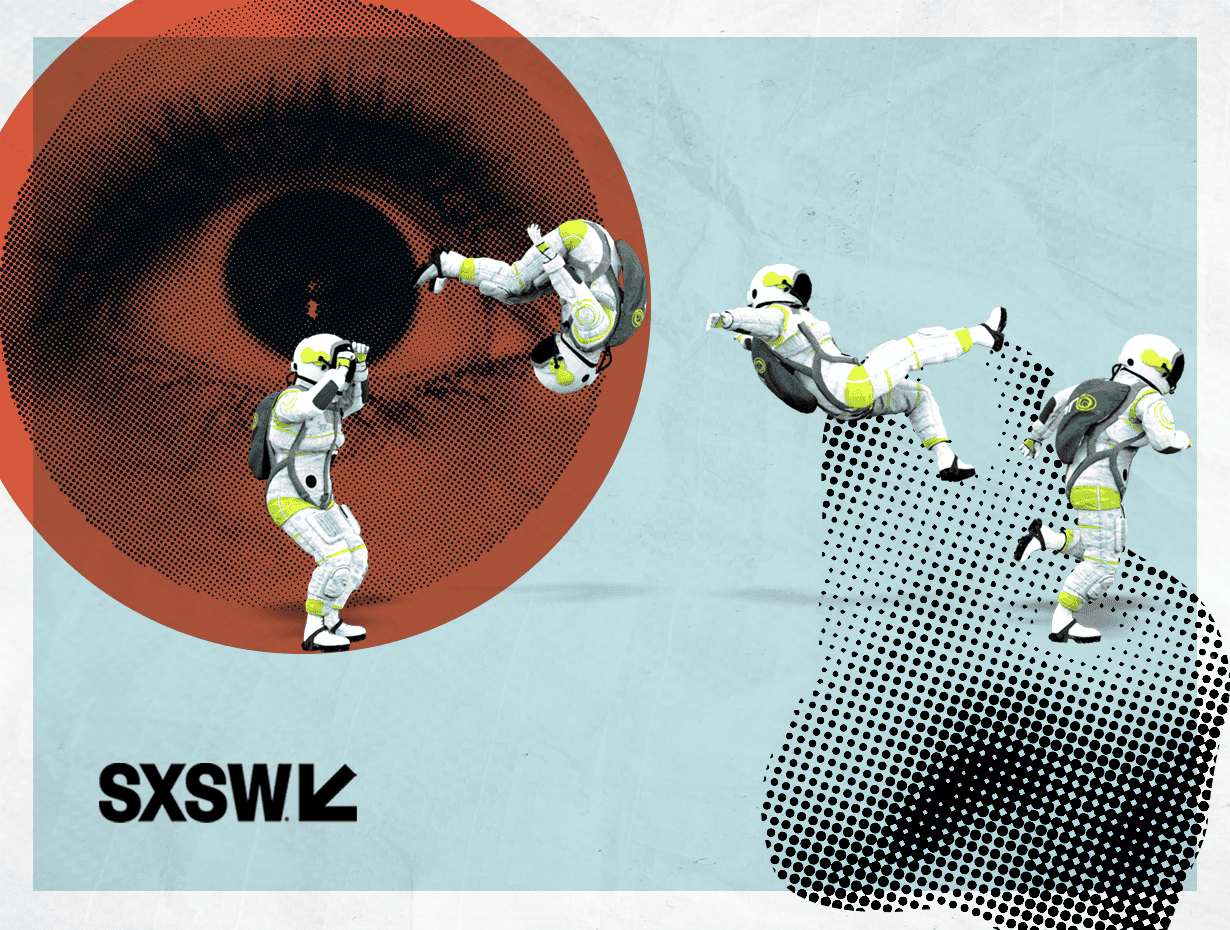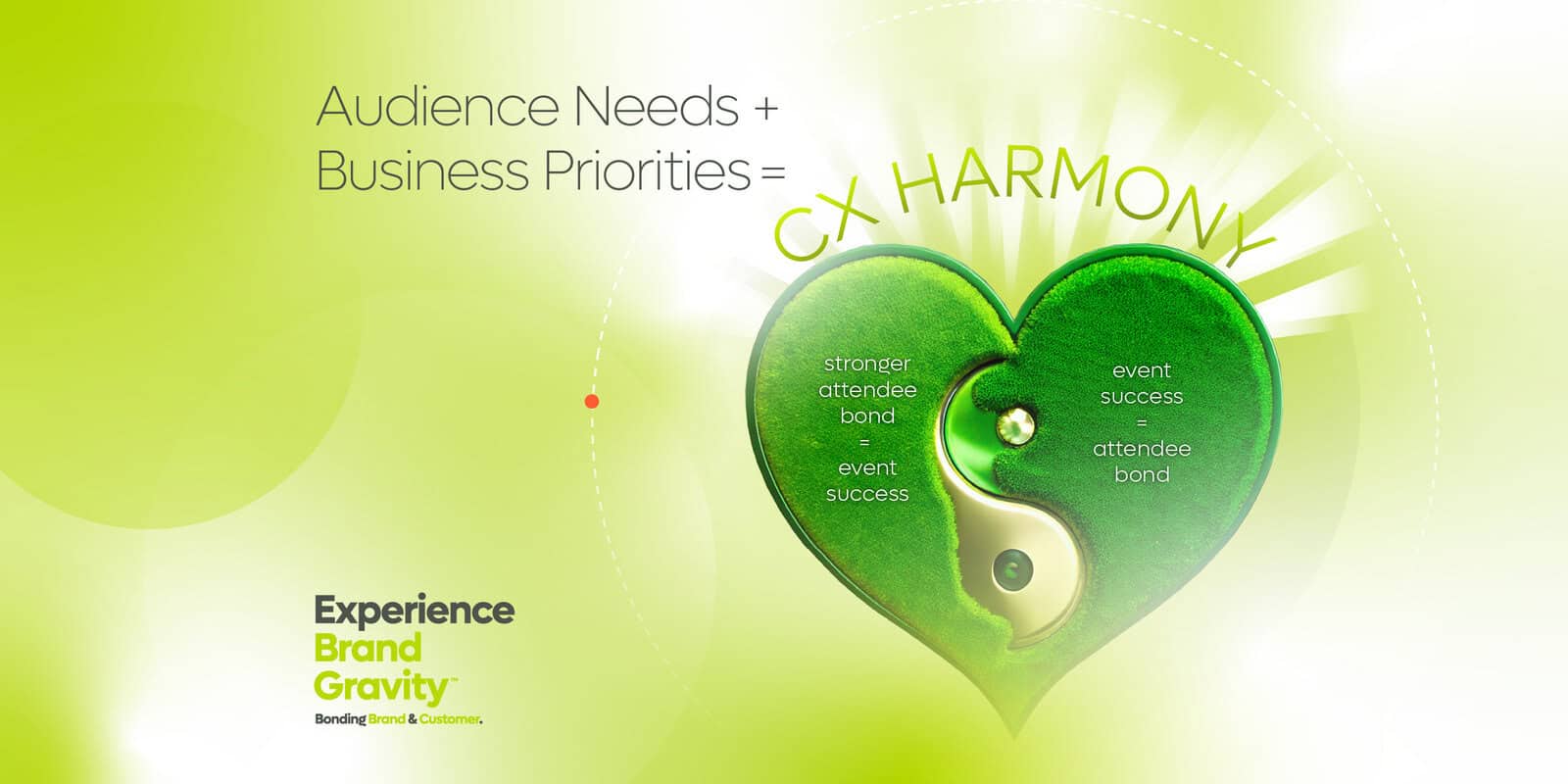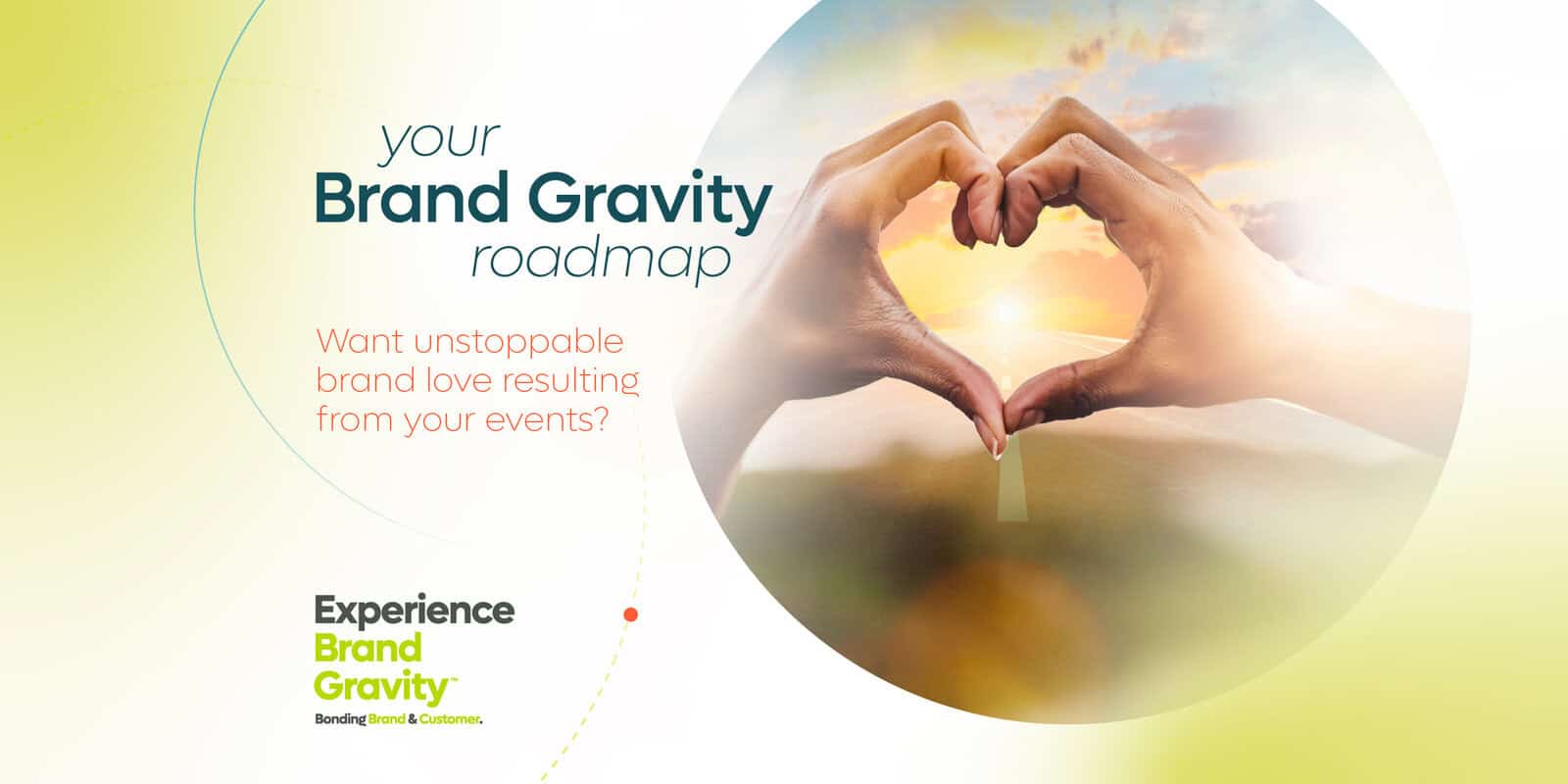This year’s LIONS State of Creativity got us thinking.
It validated our point of view, brought up a few things to consider—and gave us an “a-ha” moment.
Whether you’re on the brand or agency side, we have a combination of new & old challenges to address.
A primary challenge is the requirement of more trust across stakeholder groups. Key takeaways from this report are:
- Customers don’t trust brands to not waste their time, so they ignore marketing messages & ads/content. WE MUST BE MORE BOLDLY CREATIVE.
- Audiences don’t trust that what they see online is real among today’s fake news & deep fakes. EXPERIENTIAL IS THE NEW CENTER OF TRUTH.
- Brand-side marketers don’t trust the creative ideas from their agency partners even though that trust is necessary to bring brand & business results. AGENCIES HAVE TO PROACTIVELY ADDRESS BRAND NEEDS, DEMONSTRATING AN UNDERSTANDING OF THE BUSINESS PROBLEM, EARNING THE RIGHT TO BE CREATIVE.
To say it another way:
- Creativity captures attention. But audiences don’t believe it digitally in the age of AI.
- Experiential delivers the belief—but it’s hard to sell creative experiential to executives.
- Brands that are creative & growing are able to sell creative experiential to executives because both brand- and agency-side parties demonstrate a firm grasp of the business problem.
Creativity captures attention—but your audiences don’t believe it
The sheer volume of evergreen marketing content aimed at consumers has slashed audiences’ attention spans from 2 ½ minutes to a mere 47 seconds, within just a decade.
And that’s only on one screen.
An awesome brand narrative alone is no longer sufficient to reach and break through to your core customer: The average human brain struggles to process the constant bombardment of messages, with most ads being ignored or forgotten within seconds.
But more than shrinking attention spans, brand-side marketers’ biggest challenge in today’s marketplace is that consumers don’t trust brands to not waste their consideration once attention has been captured.
Author & marketing professor Scott Galloway highlighted this lack of trust by calling advertising “a tax the poor and the technologically illiterate pay.” And this trust decline—coupled with our collective experience deficit—led to consumer satisfaction scores falling to record-lows last year.
Galloway raised eyebrows at the 2023 Cannes Lions Festival of Creativity when he declared on stage that “the era of brand is over.” He pointed to consumer’s evolving behaviors & the resurgence of product-focused ads instead of brand-based marketing.
Even Apple—which won last year’s Lion in the Film category for its RIP Leon campaign—focused on its product to get closer to its customers, increasing trust. “People want to feel involved with a product,” said Tor Myhren, VP of Marketing Communications at Apple. “You have to help them do that.”
The era of the brand is far from over—and the creativity gap is closing as leaders understand that creative marketing sparks both brand & business growth.
That’s backed up by this year’s State of Creativity, in which 51% of marketers anticipate stronger growth by embracing creativity. And brands predicting increased growth are:
- 6x more likely to prioritize creativity
- 6x more likely to have a bigger marketing spend
The experiential industry should be optimistic about the future, sparked by creativity’s impact on business growth leading to brands increasing their marketing investments from last year.
But now that budget isn’t the go-to barrier, the new roadblock to overcome is this notion of BELIEF: Increasing your customers’ trust so they believe your creative marketing & can believe in your brand.
In the age of AI & deep fakes, live experiential has become the new center of truth
As AI & emerging technologies rapidly develop, audiences are searching for a source of truth—with 56% worrying about identifying what’s real vs. fake across the internet. When it comes the use of GenAI, 67% of consumers worry about fake news & content.
This fear & anxiety directly impacts brands: 71% of consumers say it’s more important than ever to trust the brands they buy from or use.
We know the power that experiential has for networking & brand community building—as do the 54% of marketers increasing their investments in interest-based communities.
But there’s a new imperative: What we call the Belief Gap.
Your core customer’s trust is so low that that they must see it to believe it. Not on a screen, where it could be manipulated by AI. They need to see it for themselves, live, to trust & believe in it.
This is the landscape where creative experiential thrives—and is our new center of truth.
Experiential can dynamically increase your customer’s belief as they validate your brand’s messages in real time: 77% of customers trust brands more after interacting face-to-face via experiences.
And your customer wants to trust your brand. That’s why 88% of consumers are spending the same or more on live experiences this year vs. last. It’s the reason in-person attendance was 34% higher in 2023 vs. 2022.
The trust customers gain has staying power & carries business impact, too. 64% of consumers hold positive brand perceptions at least a month after attending a brand experience—and 68% purchase products or services after engaging in person.
And that’s why 51% of marketers are increasing their experiential marketing investment from 2024 to 2026—with 43% using experiential to grow & deepen brand loyalty.
Because when your audiences see your marketing messages & content—and believe in it at your brand experience—they bond with your brand in real-time.
Whereas creativity GRABS attention, experiential KEEPS it. And live, creative experiential invites audiences to see it and believe it for themselves to address the Belief Gap head on.
Live experiential has become the new center of truth in the age of digitalization & rapid AI development. The trust gained via live experiential can solidify a true brand-to-customer bond. That trust leads to myriad long-term, bottom-line results including positive brand sentiment, greater brand loyalty & increased growth.
Powerful brand/agency partnerships bring creative experiential to life—but only if there’s mutual trust
The Belief Gap applies to the Brand/Agency relationship as well. To get the most return on experiential investments, trust between brand and agency is more critical than ever.
Businesses with strong agency partners are 4.6x more likely to accurately predict better growth. WARC & Aprais noted the correlation between strong brand/agency relationships & both sides winning effectiveness awards.
“No longer is a positive client-agency relationship a soft option,” said Kim Walker, Aprais’ founder. “It is a critical driver of marketing performance.”
Customers want creativity & to trust the brands they support. And brands want to be creative & win customer trust.
So, if we all want the same thing—and the investment is there—where is the tension between key creativity stakeholders that this year’s report called “a simmering conflict?”
Just like with your customers, it’s a lack of trust.
Brand executives don’t trust creative marketing that’s coming to them—because they don’t trust that their agency partners truly understand their business problem.
As the State of Creativity underlined, 37% of brand-side marketers & 45% of agency marketers say it’s difficult to work with their respective partners. Poor alignment & a lack of trust is leading agency marketers & creatives to feel undervalued & underutilized.
These strained relationships could harm the growing opportunities with increased investments: Brands that struggle with agency collaboration are 3x more likely to predict a growth decline.
So, where do we go from here? What’s the seemingly secret sauce of strong, effective partnerships yielding relevant work?
It’s strategic alignment.
Strategy is where winning brand/agency teams displayed the biggest increase in effective work scores.
The State of Creativity noted that strong brand/agency collaborations are 5x more likely to understand the business problem. And when both the brand- & agency-side demonstrate a firm grasp of business objectives, brands can sell the creative experiential to their executives.
Moreover, effective partnerships are 4x more likely to measure creative work’s business impact—critical to demonstrating the value of an experiential investment & growing that investment in the future.
By FIRST becoming a strategic business partner, marketers earn the right to be boldly creative—which opens the door to creative experiential that wins customer attention AND trust.
The investment is available for agencies that can demonstrate an understanding of the business need & current imperative (the Belief Gap). 69% of brands are maintaining or increasing their marketing investment this year, which is a stark contrast from the 60% of brands that cut back on creative marketing in 2023.
Now here’s the hard truth:
Brands have to prioritize giving agencies strong insights into the business problem. And agencies need to understand the business need before running forward with creative.
Just like how the Trust Loop continually strengthens your customers’ trust in your brand, brand-side marketers & agencies can solve this trust issue with a Belief Loop—a proactive, strategic partnership that, armed with an understanding of the business problem, can sell creative experiential & use live experiential to address the Belief Gap with brands’ customers.
What do you think? What does this mean to you & your brand?



